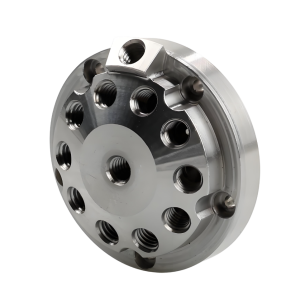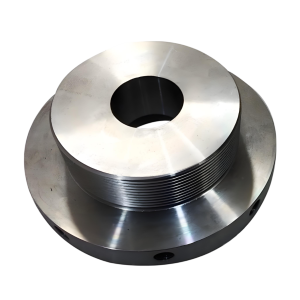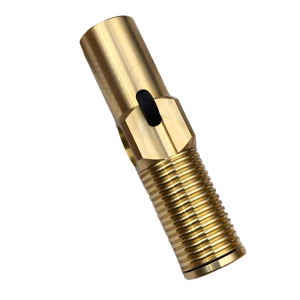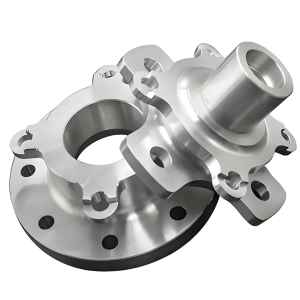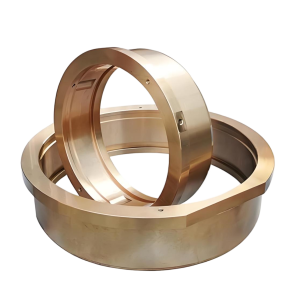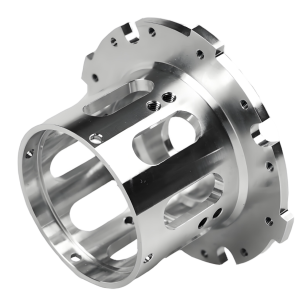Copper Machining Services
Copper CNC machining delivers precise, high-quality components by leveraging advanced milling, turning, and drilling processes. Known for excellent electrical and thermal conductivity, copper parts are widely used in electronics, aerospace, automotive, and medical industries. This service ensures tight tolerances, superior finishes, and reliable performance for complex applications.
Various Options
Functionality
Cost-effectiveness
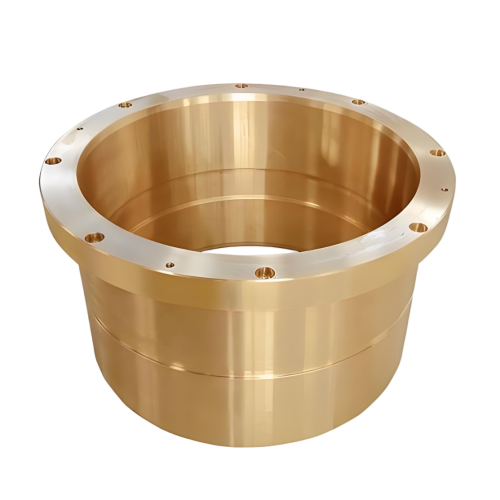
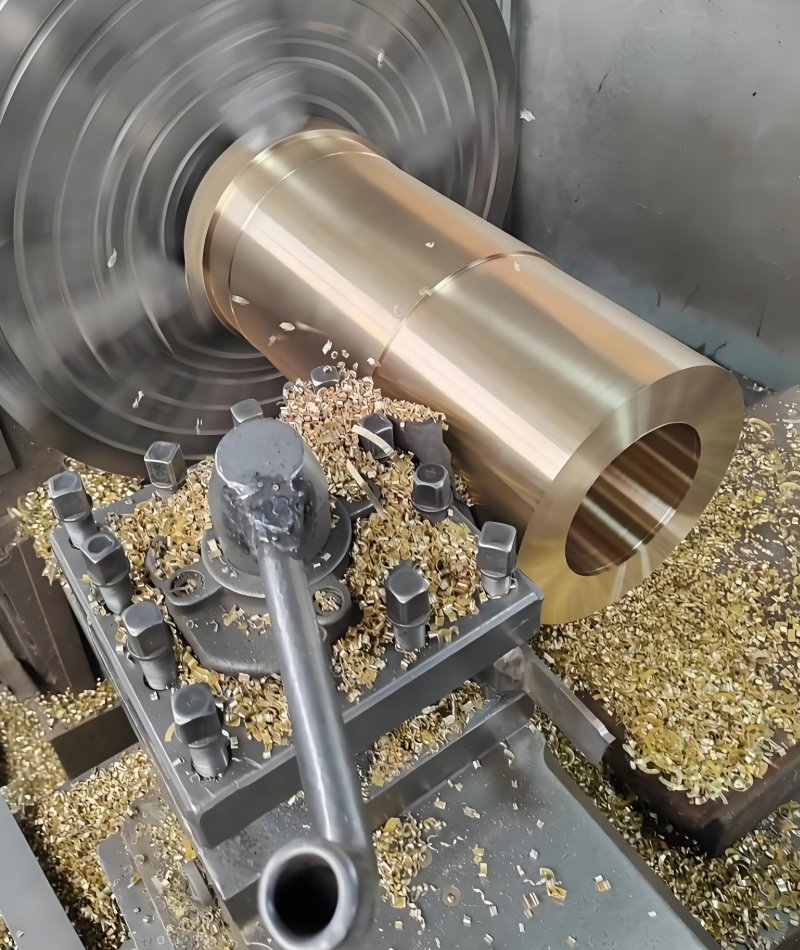
| Specification | Capability |
| Tolerance | ±0.005mm (±0.0002″) |
| Surface Finish | Up to Ra 0.4μm |
| Minimum Wall Thickness | 0.5mm (0.02″) |
| Maximum Part Dimensions | 600mm × 400mm × 300mm |
| Minimum Feature Size | 0.2mm (0.008″) |
| Thread Sizes | M1.6 to M36 |
| Certifications | ISO 9001:2015, AS9100D |
Understanding Copper in CNC Machining
Copper stands out in the manufacturing world due to its exceptional electrical and thermal conductivity, making it invaluable for numerous applications. However, these same properties present unique challenges during the CNC machining process.
Key Properties of Copper
- Excellent electrical conductivity (second only to silver)
- Superior thermal conductivity for heat dissipation
- High ductility and malleability
- Natural antimicrobial properties
- Good corrosion resistance in various environments
- Recyclable without loss of properties
Speak With Our Engineering Team
Discuss your specific application needs with our CNC machining specialists.
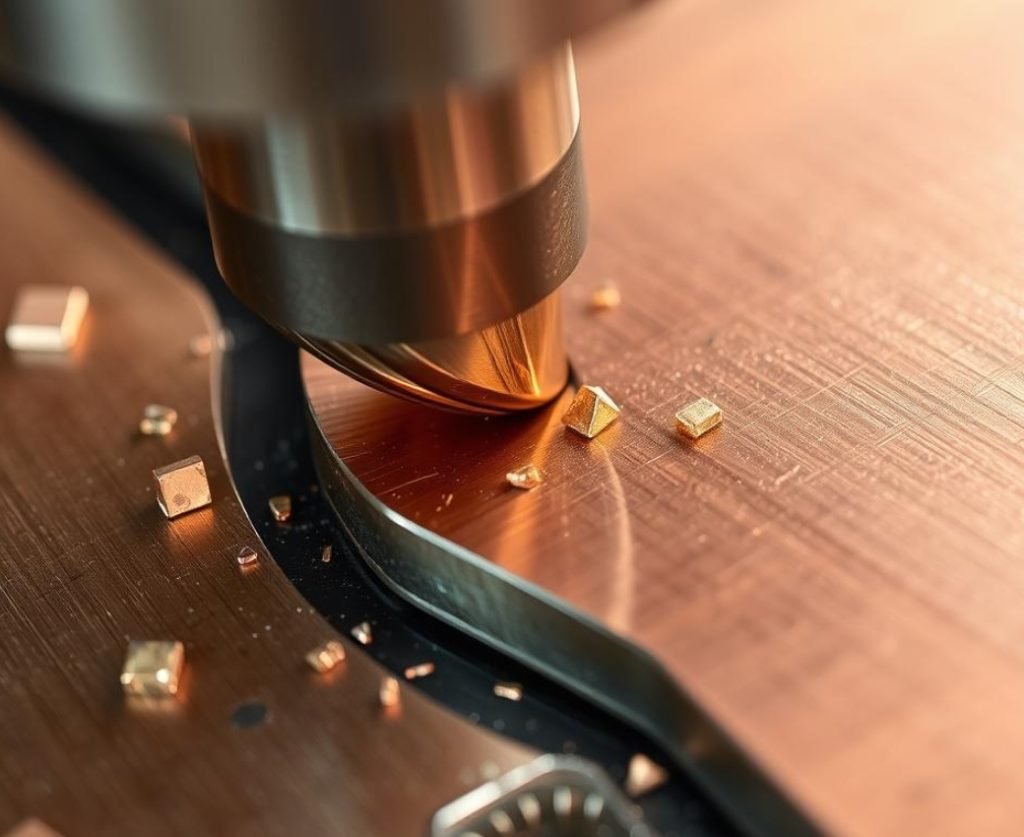
Machining Challenges with Copper
While copper offers exceptional properties, it presents several machining challenges that require specialized expertise:
High Ductility
Copper's softness can cause it to deform rather than cut cleanly, requiring precise feed rates and sharp tooling.
Heat Management
Copper's high thermal conductivity spreads heat quickly, affecting dimensional accuracy and tool life during machining.
Built-up Edge
Copper particles can adhere to cutting tools, creating a built-up edge that affects surface finish and dimensional accuracy.
At Fecision, we've developed specialized techniques to overcome these challenges, ensuring precision results with every copper component we manufacture.
Advantages and Limitations of Copper CNC Machining
Understanding the benefits and challenges of working with copper helps in making informed decisions for your manufacturing projects.
Advantages of Copper Machining
- Exceptional electrical and thermal conductivity
- Excellent corrosion resistance in most environments
- High ductility allows for complex shapes
- Natural antimicrobial properties
- Good machinability with proper techniques
- Recyclable and environmentally sustainable
Limitations of Copper Machining
- Higher material cost compared to aluminum or steel
- Softness can lead to deformation during machining
- Requires specialized tooling and techniques
- Potential for work hardening during machining
- Susceptible to oxidation without proper finishing
- Lower strength-to-weight ratio than steel
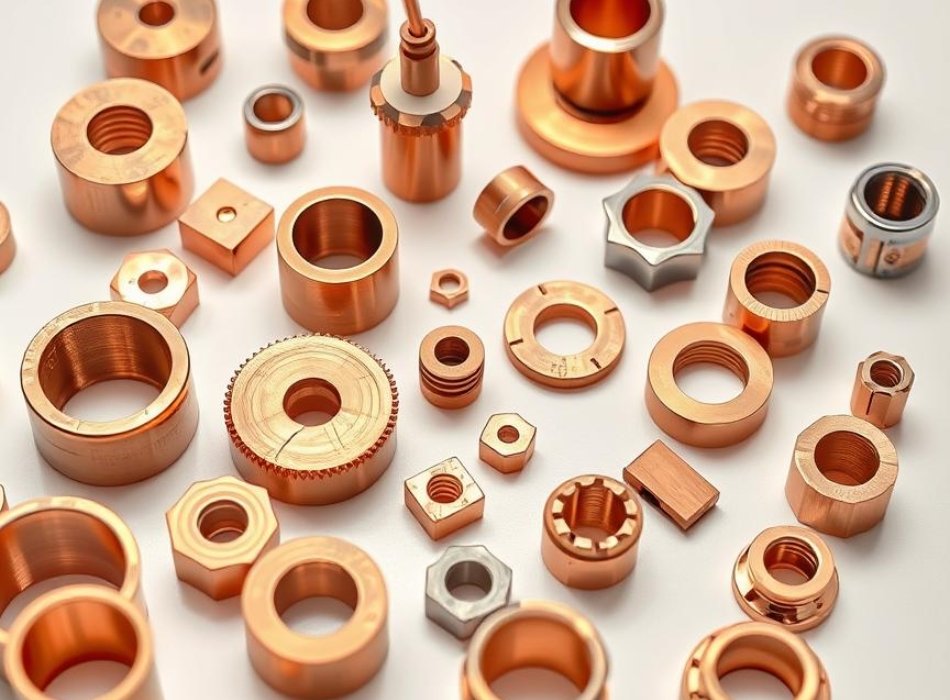
Subtypes of Copper for CNC Machining
Selecting the right copper alloy is crucial for achieving optimal performance in your application.
Each grade offers specific properties that make it suitable for different uses.
C101
(OFE, T2)
- High-purity oxygen-free copper (minimum copper content: 99.99%) with ultra-low oxygen (≤0.003%) and impurity levels.
- Ideal for applications requiring high reliability and minimal signal loss.
Tensile Strength (MPa)
Yield Strength (MPa)
Fatigue Strength (MPa)
Hardness (Brinell)
Elongation at Break (%)
Density (g/cm³)
Maximum Temp (°C)
220-240
69-83
90–100 (at 10⁸ cycles)
35-45
45-55
8.96
300 (continuous)
600 (intermittent)
C102
(OF, T1)
- High-purity oxygen-free copper (minimum copper content: 99.95%) with slightly higher oxygen (≤0.005%) than C101.
- Suitable for most high-conductivity applications where ultra-purity is not mandatory.
Tensile Strength (MPa)
Yield Strength (MPa)
Fatigue Strength (MPa)
Hardness (Brinell)
Elongation at Break (%)
Density (g/cm³)
Maximum Temp (°C)
210–230
65-80
85–95 (at 10⁸ cycles)
30-40
40-50
8.96
280 (continuous)
580 (intermittent)
C103
(OFE, TU2)
- Oxygen-free copper grade (minimum copper content: 99.95%) optimized for maximum electrical conductivity (≥101% IACS).
- Offer good ductility, compatible with cold working (e.g., drawing, bending).
Tensile Strength (MPa)
Yield Strength (MPa)
Fatigue Strength (MPa)
Hardness (Brinell)
Elongation at Break (%)
Density (g/cm³)
Maximum Temp (°C)
215-235
68-82
88–98 (at 10⁸ cycles)
32-42
42-52
8.96
290 (continuous)
590 (intermittent)
C110
(ETP, T2)
- The most widely used copper grade (minimum copper content: 99.90%) and belongs to the electrolytic tough pitch (ETP) family.
- Offer excellent ductility, machinability, and affordability; versatile for general-purpose applications.
Tensile Strength (MPa)
Yield Strength (MPa)
Fatigue Strength (MPa)
Hardness (Brinell)
Elongation at Break (%)
Density (g/cm³)
Maximum Temp (°C)
200-220
60-75
80–90 (at 10⁸ cycles)
28-38
35-45
8.94
250 (continuous)
550 (intermittent)
C122
(DHP, TP2)
- A phosphorus-deoxidized copper (minimum copper content: 99.90%) with phosphorus added (0.015 – 0.040%) to remove oxygen, eliminating hydrogen embrittlement risks.
- Often used in welded or brazed assemblies.
Tensile Strength (MPa)
Yield Strength (MPa)
Fatigue Strength (MPa)
Hardness (Brinell)
Elongation at Break (%)
Density (g/cm³)
Maximum Temp (°C)
220-240
70-85
90–100 (at 10⁸ cycles)
35-45
30-40
8.93
260 (continuous)
560 (intermittent)
Copper CNC Machining Surface Finishing Options
The right surface finish enhances both the functionality and aesthetics of your copper components.
Fecision offers a comprehensive range of finishing options to meet your specific requirements.
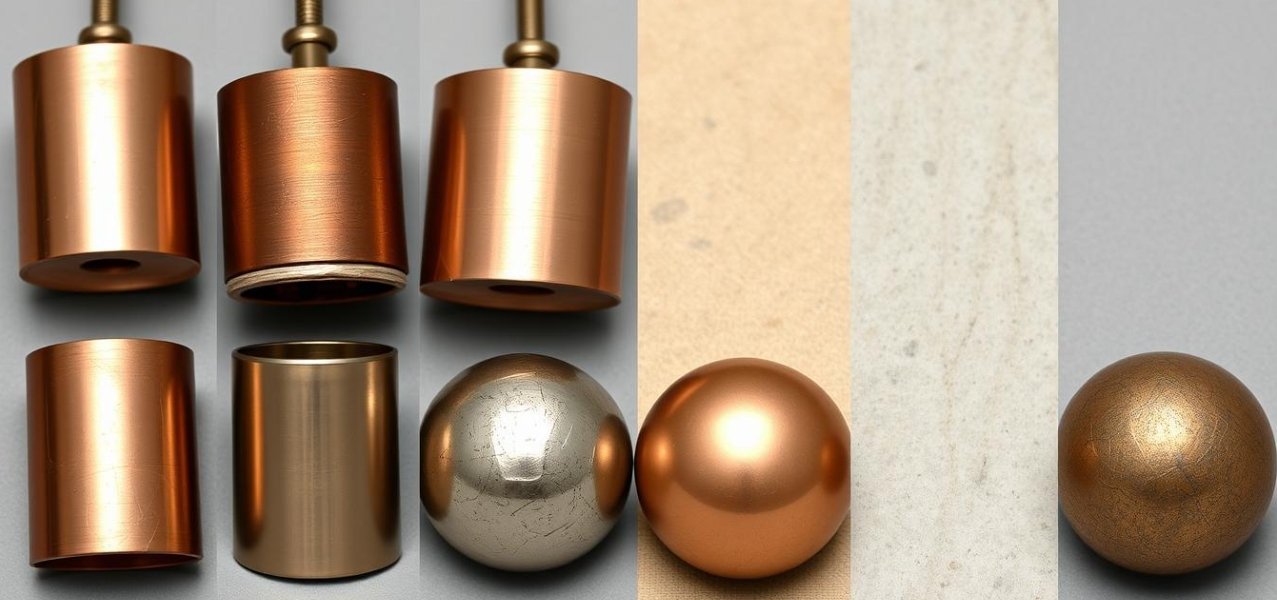
Mechanical Finishes
- Polishing: Creates a mirror-like reflective surface
- Brushing: Produces a directional, satin appearance
- Bead Blasting: Creates a uniform matte finish
- Tumbling: Smooths edges and creates a consistent surface
Protective Coatings
- Clear Coating: Prevents oxidation while preserving appearance
- Nickel Plating: Enhances hardness and wear resistance
- Gold Plating: Improves conductivity and corrosion resistance
- Silver Plating: Maximizes electrical conductivity
Chemical Treatments
- Passivation: Improves corrosion resistance
- Patination: Creates decorative colored finishes
- Electropolishing: Smooths microscopic surface irregularities
- Anodizing: Creates a durable oxide layer (for certain alloys)
Our finishing experts can recommend the optimal surface treatment based on your component's functional requirements, environmental exposure, and aesthetic preferences.
Copper CNC Machining Application
Industries We Serve
Copper's unique combination of electrical conductivity, thermal properties, and corrosion resistance makes it invaluable across numerous industries. Fecision produces precision copper components for a wide range of applications.
Medical
Electrical components for devices
Thermal management in equipment
MRI/imaging system components
Aerospace
Electrical distribution parts
Heat exchanger components
Waveguides for communication
Electronics
Electrical connectors and terminals
EMI/RFI shielding components
Busbars and power distribution
Industrial
Injection molding nozzles
Induction heating components
Fluid handling systems
Copper Machining FAQs
Prefer to speak with an expert directly?
Our technical team is available to discuss your copper CNC machining requirements and provide immediate assistance.
Why Choose Fecision for Your Copper CNC Machining Needs
The right surface finish enhances both the functionality and aesthetics of your copper components.
Fecision offers a comprehensive range of finishing options to meet your specific requirements.
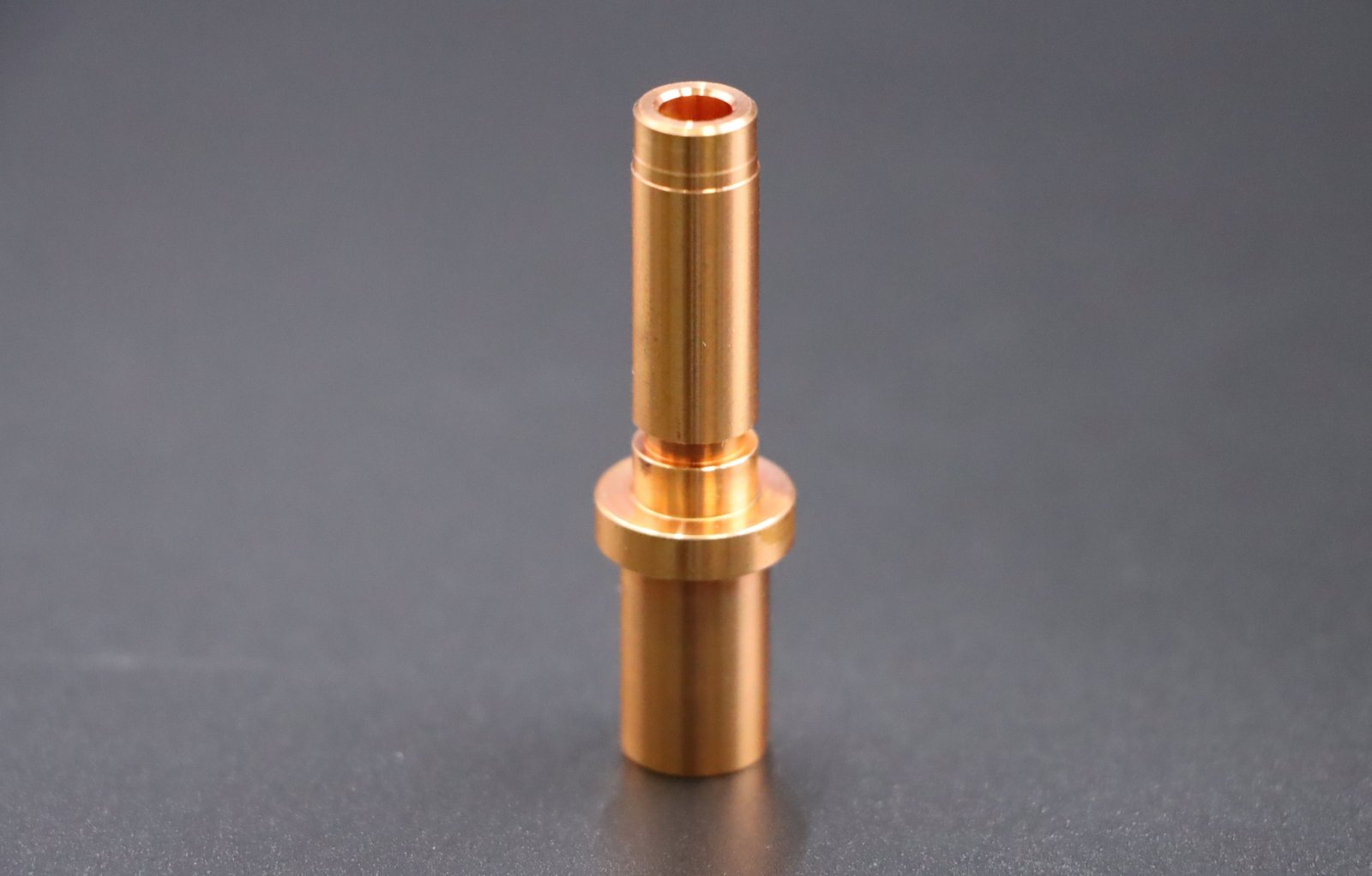
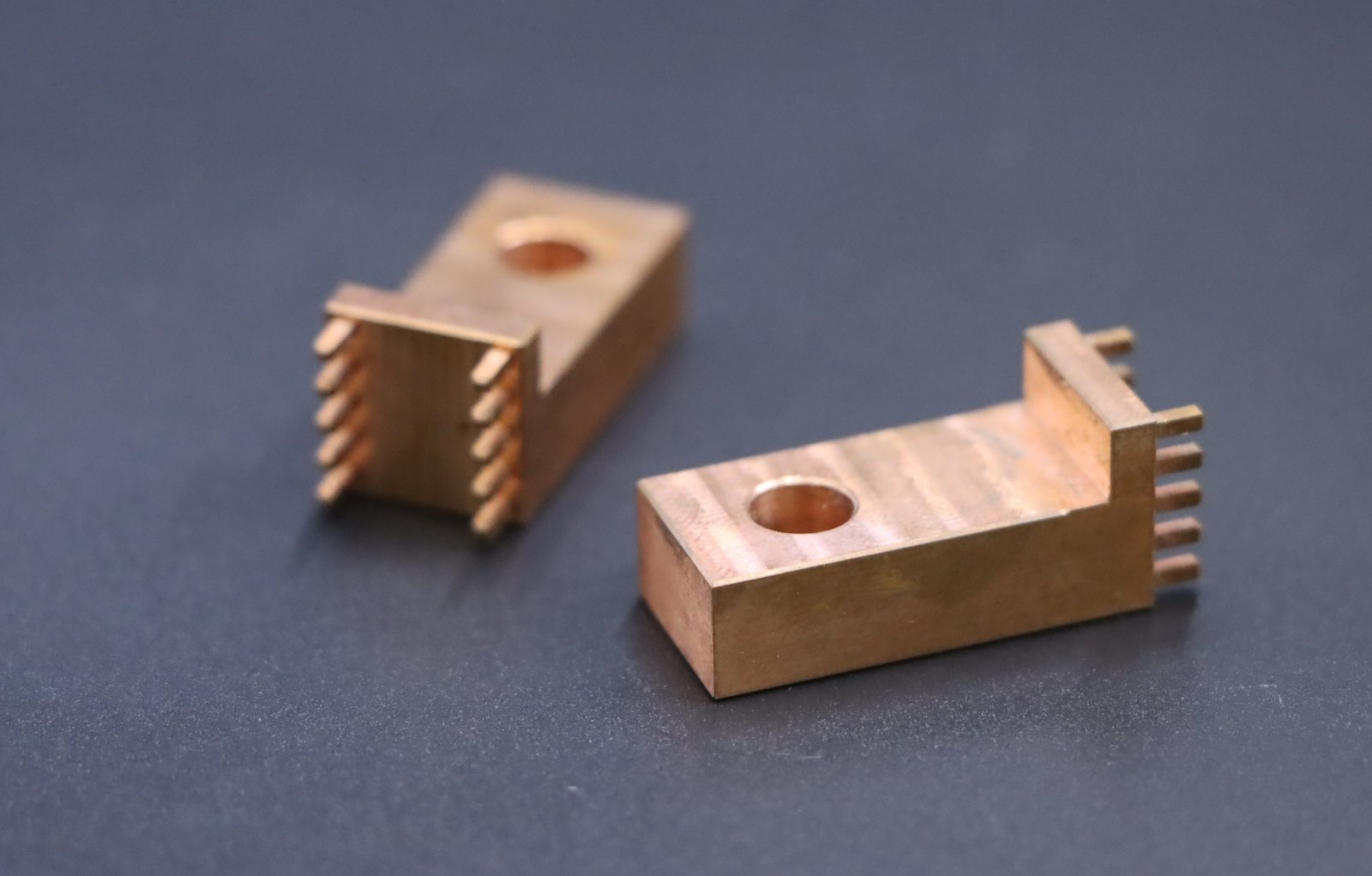
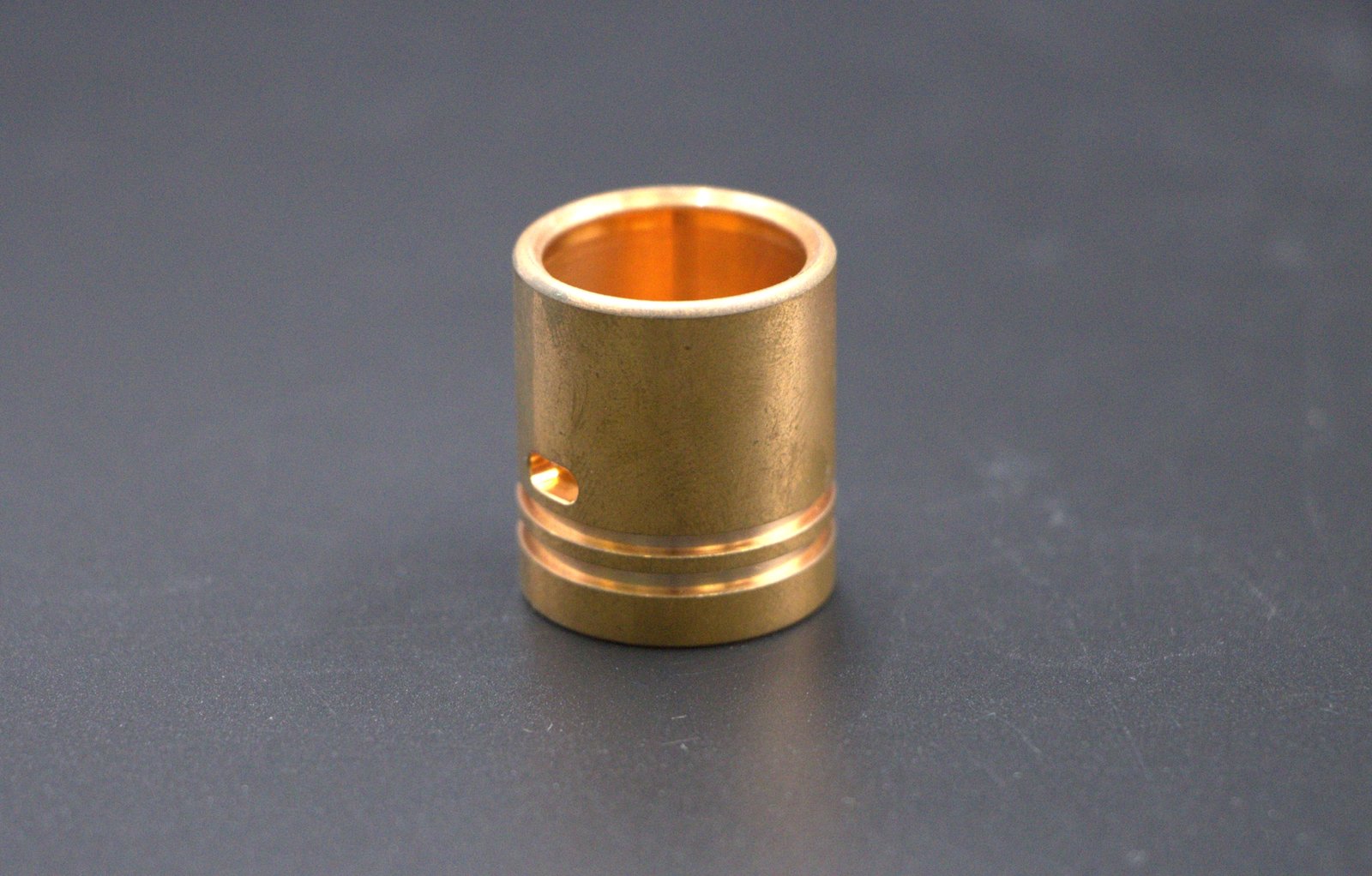
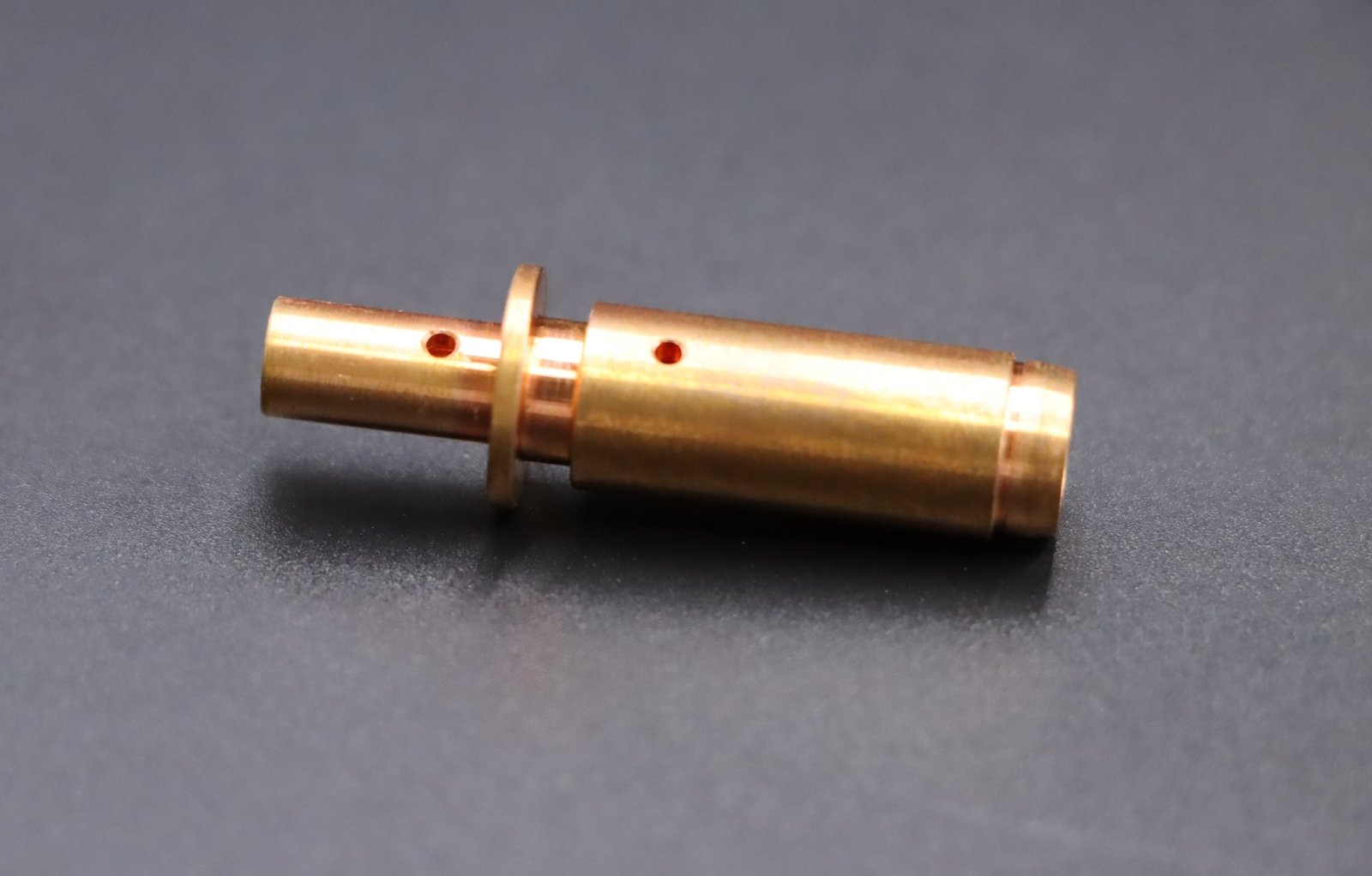
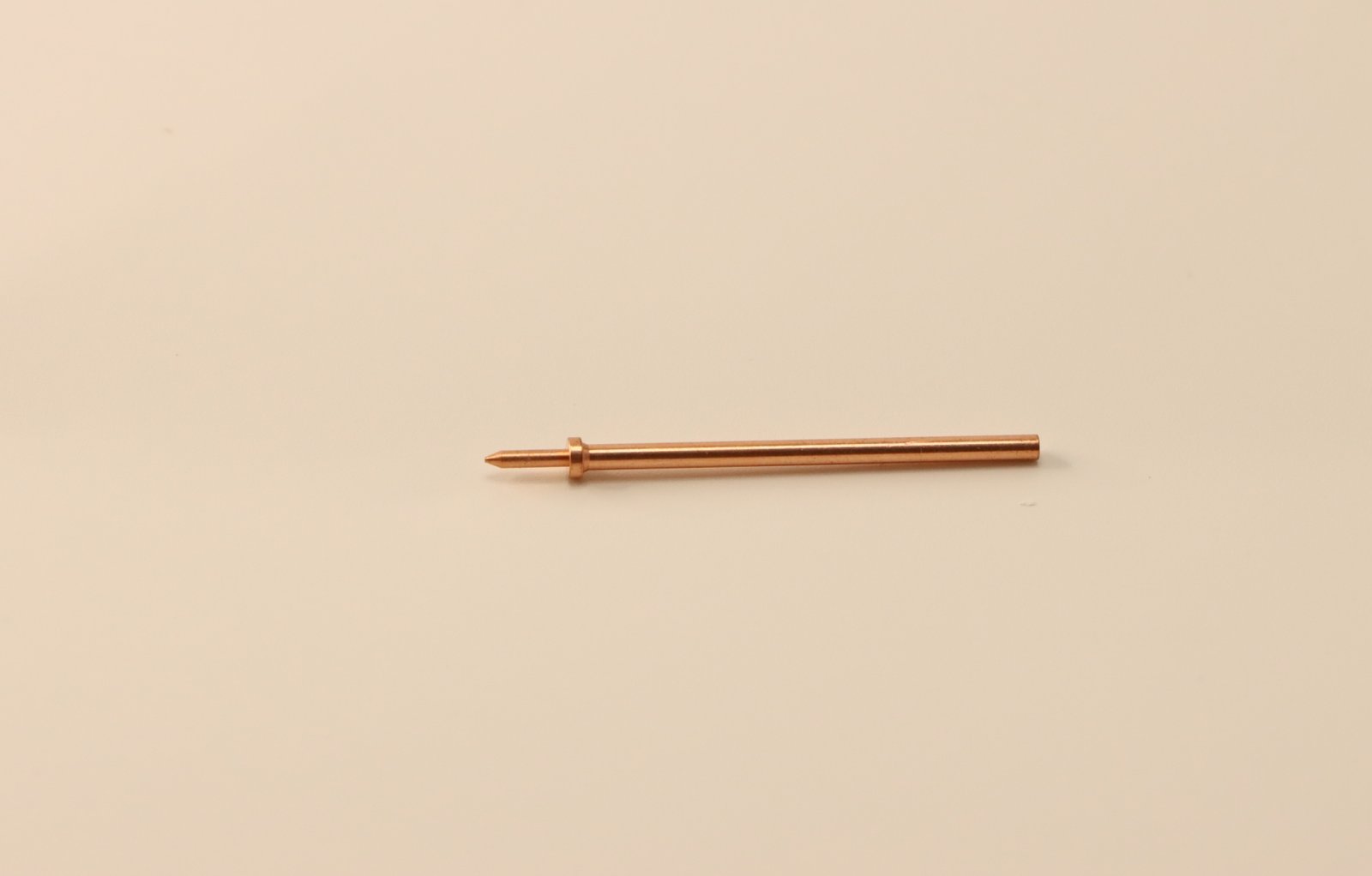
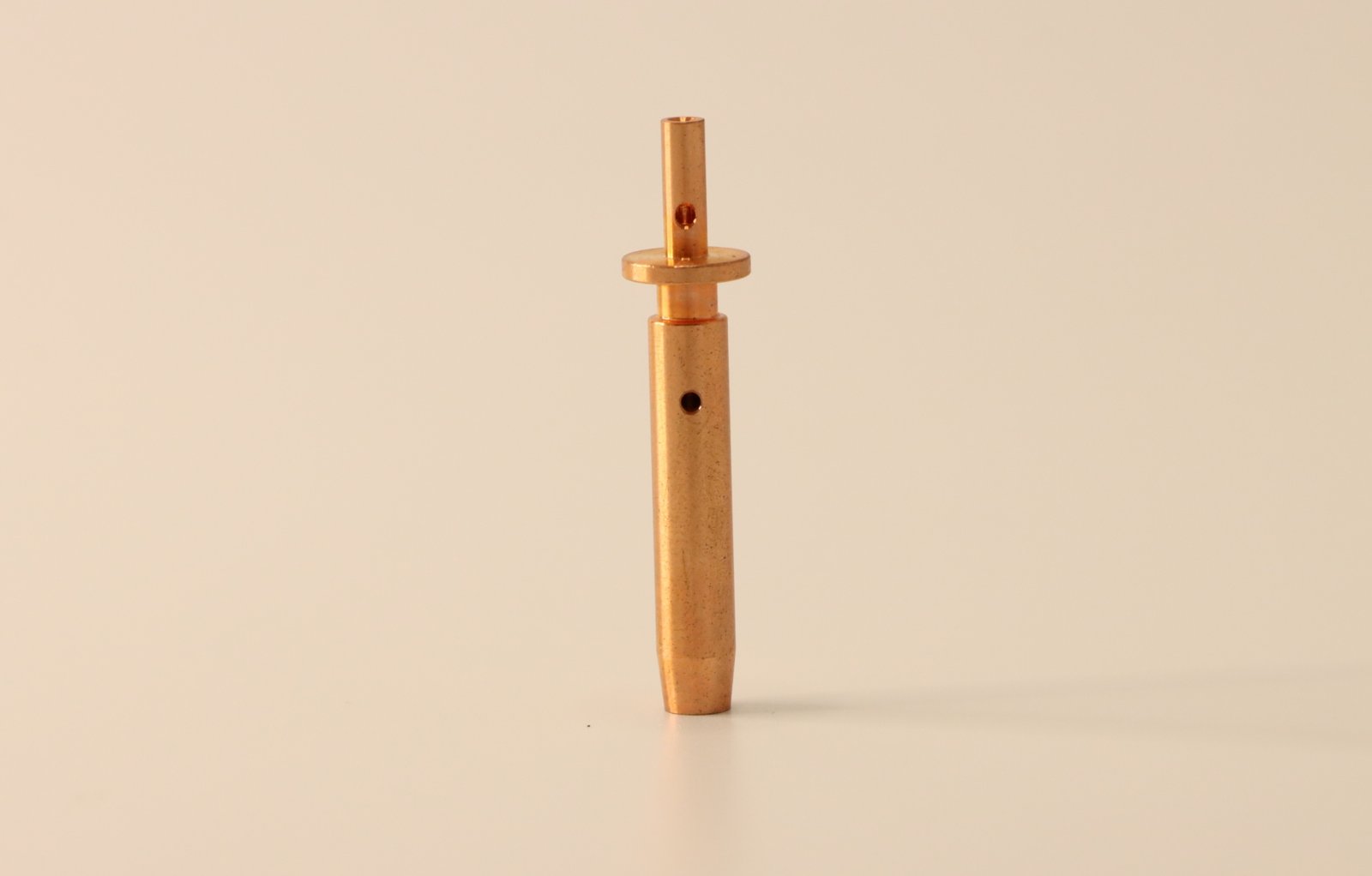
Ready to Experience Superior Copper CNC Machining?
Contact Fecision today to discuss your project requirements and discover how our expertise can bring your designs to life.

